Avocados are everywhere these days. They’ve always been popular in salads and dips as well as topping sandwiches and burgers, but lately avocados have been deemed healthy. Loaded with fiber, vitamins, and the right kind of cholesterol, avocados are good for you and taste way better than kale.
The season for avocados is long, moving north with Spring up from Mexico into California. The west coast peak aligns with Cinco de Mayo, the popular celebration of Mexican culture, tequila, and avocados. Guacamole is ubiquitous on party buffets in the first weekend of May, but there are countless other ways to enjoy the fruit.
In season, avocados are piled high in stores, their dark green-black pebbly skins a contrast to the smooth, rich, light green interior. Ripening can be difficult. Choosing the right time to cut open an avocado calls for some experience and a little luck. They can be as hard a baseballs or way too squishy.
Until recently, I’d never seen an avocado in the wild. On a visit to California, we got to meet Curtis and Sheryl Lynn who have an avocado orchard which covers about a quarter of their ten acre property in the Tierra Rejada Valley. Ruby Ranch, in Ventura County along highway 23, is a few miles north of the busy suburb of Thousand Oaks.
The rolling hills and grasslands of the Valley are dotted with avocado plantings large and small. Up on the highest hilltop, the Ronald Reagan Presidential Library overlooks it all. This is prime avocado growing country.
Looking a little scruffy, as avocado trees do, the Ruby Ranch orchard is sited on a steep hillside. The trees, with their dull greenish-yellowish leaves were pretty much picked over in late April. The springtime harvest was finished, but the flowers for next year’s crop were just budding.
A few trees, set aside for friends and family, were still laden with fruit. You have to look for the shy avocados hiding under the leaves.
Curtis helped me understand the mystery of choosing a ripe avocado. The fruit, like bananas, does not ripen until it is picked. That’s right, there’s a long window of time when the fruit can be picked or left to hang. Once it’s harvested, peak ripeness is about 10 days away.
Avocados can be tricked into not ripening by harvesting them with a long stem so they think they’re still on the tree. Trim the stem close, and the ripening begins.
This conveniently creates an opportunity to choose when to harvest and allows time for shipping across the country and around the world. Curtis plucked a few off the tree for me and, sure enough, in 10 days they were soft, flavorful and ready to eat.
Although there are hundreds of varieties of avocados, Hass, the avocado you see in the store, is the most commonly grown type. It was discovered by mail carrier Rudolph Hass who liked to dabble in plant breeding. The mother tree, parent of all Hass avocados, lived in California for 76 years until 2002.
Curtis and Sheryl Lynn also have a few trees of Bacon avocados developed by James Bacon in 1954. (No, they don’t taste like bacon.) Larger than Hass with a smooth skin and softer flesh, they add diversity to the orchard and mature a little later. Bacons are more delicate and don’t travel as well so are not often seen on the East Coast.
The idea of an avocado orchard is very appealing, but like most things, it’s not as easy as it looks. Too much hot weather is bad, as is too much cold. In California, water is always a concern. This year Curtis and Sheryl Lynn have a new 320 foot deep well that should help. The market price is always fluctuating and beyond the farmer’s control. Still, they’ll tell you it’s very satisfying to harvest a crop.
In May, after the harvest is done, Curtis and Sheryl Lynn invite 150 friends for Holy Guacamole, their annual harvest celebration. They supply fruit from the reserved family trees and chips. Everyone brings their own ingredients and seasonings to make a favorite avocado dish. There’s lots of guacamole.
Guacamole essentials include onion, diced tomato, heat from some peppers, black pepper, lime juice, and mashed ripe avocado. There’s a lot of variation in how it’s put together. Some favor a smooth texture, while others prefer chunky. The amount and source of heat is hotly debated. I like lots of citrusy lime. Above all, it should be freshly made.
Guac doesn’t keep well. Our friend Diane suggested that any leftover could be thinned out with chicken broth or cream, to make a flavorful cold soup. It’s also great on a sandwich with toasted sourdough, bacon, and Monterey Jack cheese.
Now, when stocking up on on delicious, healthy avocados, I’ll think of Curtis and Sheryl Lynn and their hillside orchard at Ruby Ranch in the Tierra Rejada Valley.

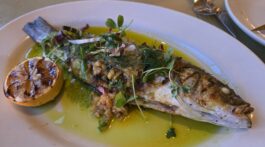
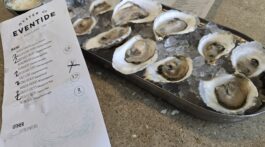





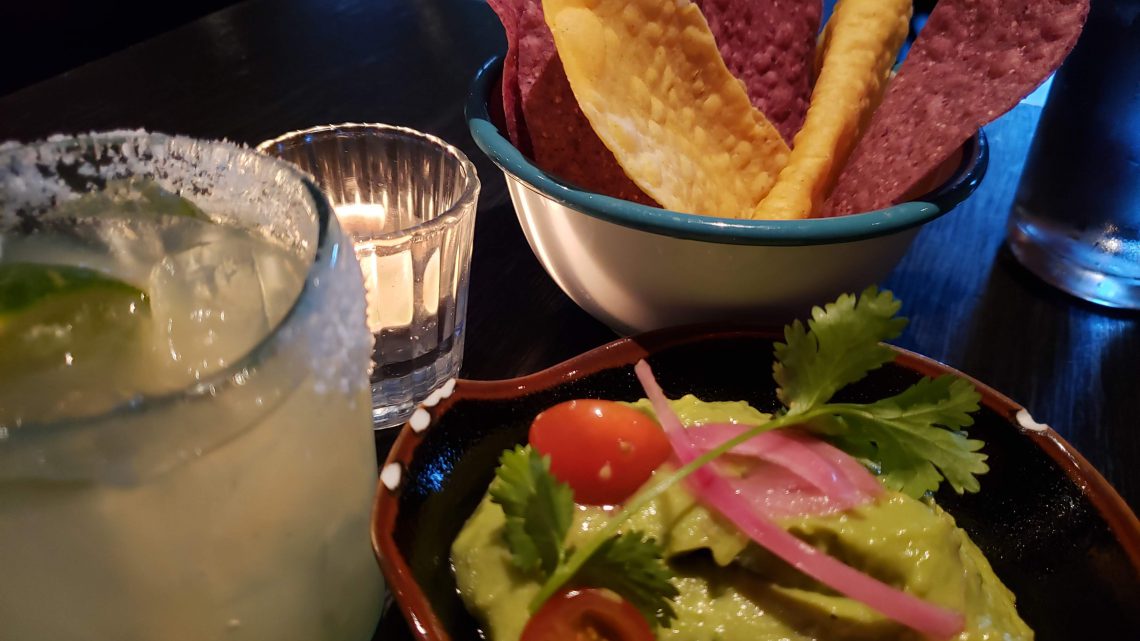
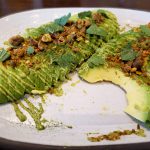
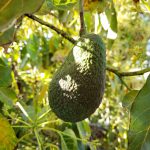


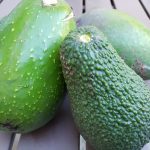

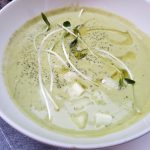
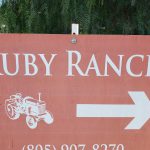


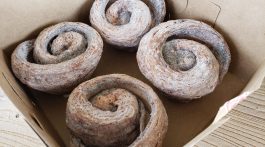
You’re fine article makes me feel like I was actually there.
Amazing.